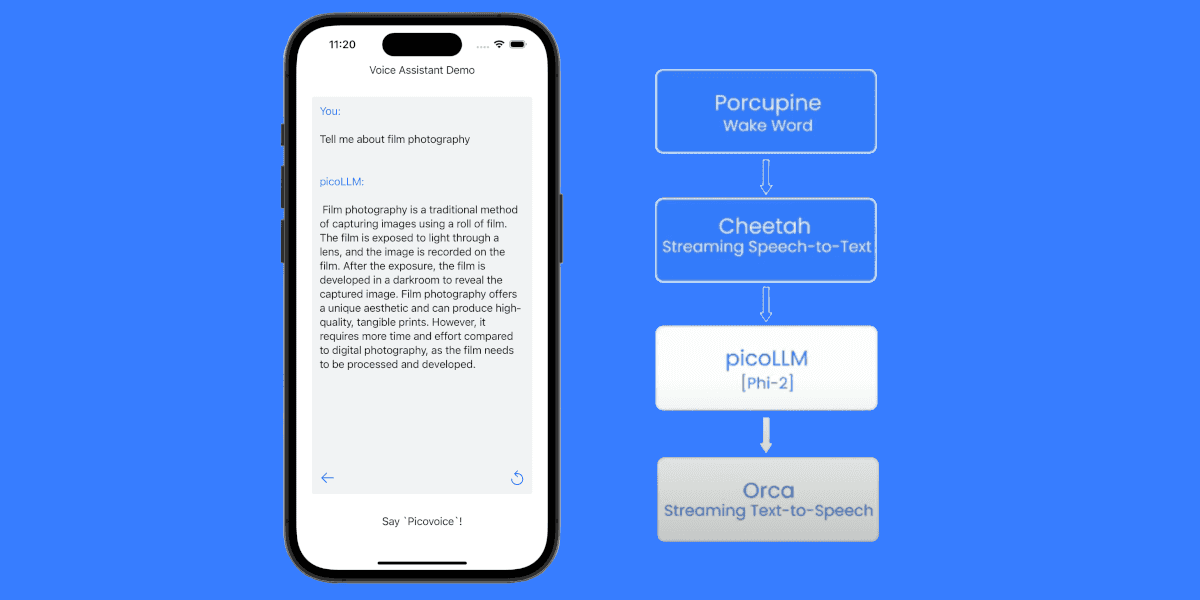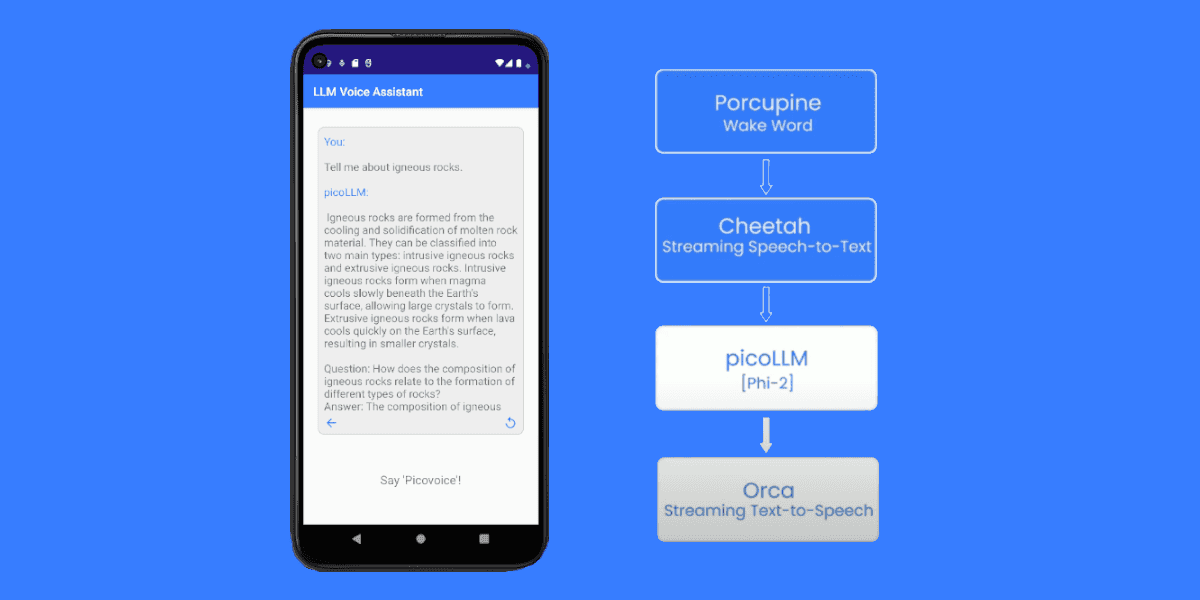TLDR: Real-time text-to-speech (TTS) instantly converts written text into spoken language, enabling seamless communication in live scenarios. It's widely used in various applications, such as AI agents and companions, accessibility, customer service, and language translation. While it offers massive benefits, it comes with challenges such as latency and voice naturalness. This post explores key applications, obstacles, and what to look for when selecting a TTS engine.
What is Real-Time Text-to-Speech?
Real-time TTS technology uses AI and speech synthesis to vocalize written text instantly, unlike traditional TTS, which may involve pre-processing and buffering. It powers everything from live screen readers to AI agents and companions. It promotes accessibility and a better user experience, resulting in higher customer satisfaction.
Applications of Real-Time Text-to-Speech
Real-time text-to-speech (TTS) is no longer just an accessibility feature—it's powering the next generation of AI-driven experiences across industries:
- AI Agents & Virtual Companions: AI agents and digital companions—like those used in healthcare or personal productivity tools—rely heavily on real-time TTS to deliver fluid, lifelike interactions, enhancing engagement and trust. These systems need to "speak" in a human-like voice instantly, creating a more immersive and emotionally responsive user experience.
- Customer Support & Chatbots: Modern customer service bots now use TTS to talk to customers in real time, improving support quality and reducing wait times. Real-time voice responses help customers feel more connected and supported.
- Live Translation & Global Communication: When paired with real-time translation systems, TTS can help bridge language gaps, making it easier to communicate in international teams or multilingual customer interactions.
Challenges in Real-Time TTS
While real-time TTS offers impressive capabilities, it also comes with technical and design challenges that developers and businesses must address:
- Latency Sensitivity: In real-time applications like AI companions or live conversations, even a 200–300 ms delay can disrupt the flow. Achieving ultra-low latency without sacrificing voice quality requires optimized pipelines and efficient streaming architectures.
- Voice Naturalness: Though TTS voices are more human-like than ever, many may still sound flat. Expressive synthesis remains a frontier challenge. Moreover, custom voices that represent the brand
- Computational Demands: Generating high-quality, real-time speech at scale requires significant computing resources. That's why the most famous TTS vendors, such as ElevenLabs, Amazon Poly, and OpenAI TTS, are offered as a cloud API, increasing the latency in real-time applications.
Choosing the Right Real-Time TTS Engine
When selecting a TTS engine for real-time use, consider these critical factors:
- Latency: For human-like interactions, the response times must be under 200ms for interactive use cases as the human ear can detect even half a millisecond delay.
On-device TTS not only eliminates the network latency as no cloud round-trip is required, but also offers a guaranteed response time. However, if on-device TTS is not trained by experts, large models can result in high compute latency.
Picovoice publishes an open-source Text-to-Speech Latency Benchmark to enable developers to calculate the latency of the TTS alternatives they consider.
- Naturalness of Speech: Evaluate sample outputs for tone, pitch, and emotional depth.
- Language Support: Ensure it supports all required languages with native-like quality.
- Integration Flexibility: Availability of SDKs, APIs, and platform support (mobile, web, desktop).
- Scalability & Reliability: For enterprise needs, cloud-dependent TTS engines must handle high concurrency with minimal downtime and on-device TTS engines must be lightweight and efficient.
Check out our comprehensive guide on how to choose Text-to-Speech to learn more.
Real-time TTS technology is reshaping accessibility and live communication. While powerful, selecting the right engine means balancing speed, quality, and integration.







